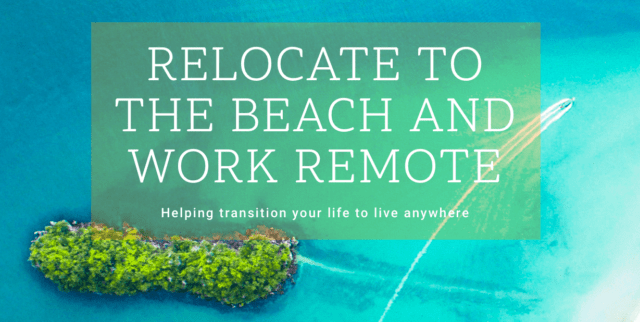Costa Rica is blessed with a very eclectic and diverse Expat community including many who live quietly under the radar while doing amazing things. Earlier this year I had the privilege of connecting with one such expat, US citizen LeRoy Davis Larry Jr.
who resides in Escazu. LeRoy was organizing an ambitious international science education conference which was unfortunately put on hold due to COVID 19.
But In the process I discovered our common passion for space exploration and outreach and that LeRoy had worked at NASA’s Jet Propulsion Laboratory. In this interview LeRoy shares some of his stories.
I hope this will be just the first edition of his contribution to this blog.
Where did you grow up and what was your childhood like?
I remember digging-up dead tree roots in our backyard in Omaha, Nebraska where I grew-up, and imagining that they were dinosaur bones. And I remember looking at the moon through the small telescope that my parents got me, and wondering what kind of world was up there and if anyone was living further out into space. After 6th grade my elementary school closed down. I along with the other students were bused out to schools in the suburbs.
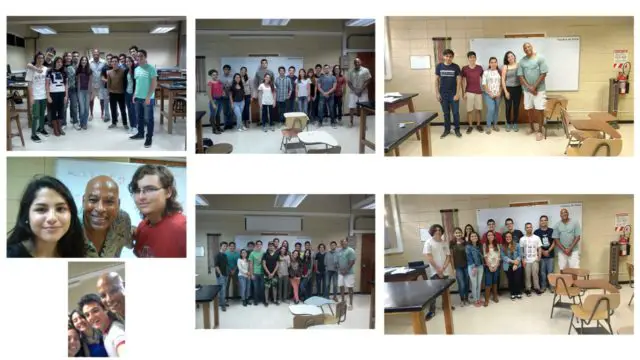
When did you realize you wanted to pursue a career in physics and where did you complete your higher studies?
My high school offered physics for the first time in my senior year. I took it and found it suited my interests more than the other sciences you get in high school, namely biology and chemistry. And so I chose to major in physics. However, even before physics, I was always interested in the science and technology of ancient civilizations and cultures. I have always wanted to explore and discover “way out there” and “way back then”! This is my phrase for describing my interest in astrophysics and archaeology from a very young age before I even heard of those terms. I received my BS degree in Physics from Southern University in Baton Rouge, Louisiana, and my MS degree in Physics from Tulane University in New Orleans, Louisiana.
You worked on the Galileo mission which studied Jupiter and its moons. Please tell us some highlights of that experience and the road that took you to the Jet Propulsion Laboratory.( JPL)
Highlights on the Galileo Project at JPL include the second Galileo flyby of Earth, Galileo’s encounter with the asteroid Ida, its arrival at Jupiter, and its surveys of four of Jupiter’s moons Io, Callisto, Ganymede, and Europa.
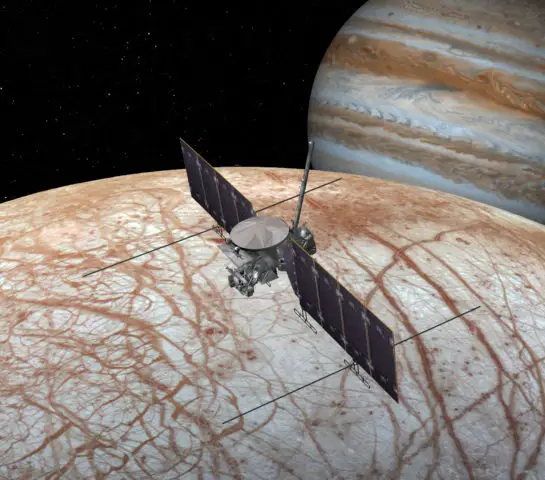
My name was broadcast through interplanetary space as part of instrument commands sent from Earth to Galileo! Outreach played a role in my getting into JPL. At the time I was teaching science and remedial mathematics to gang-affiliated inner-city high school students in a government-funded program at a high school in Pasadena.
I was asked by the Minority Initiatives Office at JPL to give a presentation about mathematics to Los Angeles area high school students. I was tasked with giving the presentation in a way that would motivate the students to not be afraid of mathematics and to take more mathematics in school.
This was my first outreach experience before I even knew the term “outreach”. The presentation was a success with the students and led to my getting a summer job at JPL as part of a special science program for teachers. This in turn led to my getting hired full-time as a research assistant in astrophysics and a member of the GalileoProject!
What brought you to Costa Rica and what have been your space related teaching activities here?
I’ve always wanted to live somewhere tropical. My wife convinced me to come to Costa Rica on vacation, and while we were here I interviewed for a teaching position. I first taught science and mathematics in English at Washington School in Guachipelin and Arandu School in Escazu. I then taught physics in English for two years at the University of Costa Rica (UCR).
During that time I conducted astrophysics research at CINESPA (Center for Space Research) as a doctoral candidate, and gave astronomy and astrophysics presentations in English at the Planetarium of San Jose in the Planetarium’s Community Education Outreach Program in Astronomy. While still a professor at UCR I attended the United Nations/Costa Rica Workshop on Human Space Technology held in San Jose.
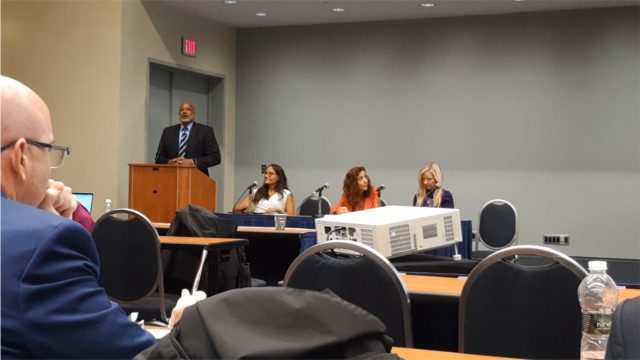
There I learned of the United Nations Office for Outer Space Affairs (UNOOSA), and the concern of its Program on Space Applications in doing outreach. As a result I subsequently attended the 59th Session of the Committee on the Peaceful Uses of Outer Space (COPUOS) in Vienna, Austria, as a delegate from Costa Rica in the role of advisor on space education and outreach, at which I gave a technical presentation.
Please tell us something about your outreach work in Nigeria.
I met a lady from Nigeria at the UN/Costa Rica Workshop who expressed an interest in my outreach methodology. I became the Invited Guest Speaker and Professional Trainer for the National Workshop on Astronomy for Teachers held at the Federal University of Technology Akura (FUTA) in Ondo State, Nigeria. The organizers of the Workshop informed me that it was not only the first of its kind in Nigeria, but in all of Africa! I was tasked with giving presentations that would not only educate the teachers about Astronomy, but would also excite and motivate them to want to teach Astronomy in their classrooms. Quizzes given before and after the Workshop provided a quantitative assessment that indicated an increase across the board in the teachers’ knowledge of Astronomy – in some cases by as much as 100%! Subsequent to the Workshop representative schools requested and received follow-up guidance and assistance, and have since incorporated Astronomy into their academic curriculums or as an enrichment program.
You’re going to be giving a talk at the International Astronautical Congress in a few weeks. Please tell us about that.
I’ve been invited to give a presentation at the 71st International Astronautical Congress (IAC) which would have been held in Dubai, UAE, from 12 – 16 October, but will now for the first time be held virtually from 12 – 14 October. The presentation is on my space education and outreach methodology.
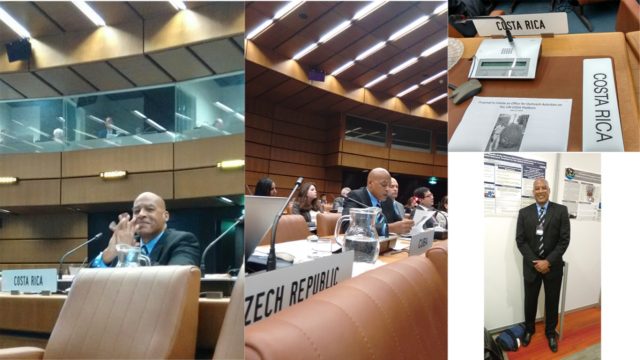
What other space related projects do you have coming up?
As a result of the presentation I gave at the 27th International Astronautical Federation (IAF) last year in Washington, D.C., I was asked by a group of attendees to form a collaboration to utilize my outreach methodology to put together an outreach program that would emphasis the importance of teaching STEAM in the classroom at the primary and secondary school levels.
The result is “STEAM Powered SDGs Demonstrating Sciences, Technology, Engineering, Arts, and Mathematics, as Vehicles to the United Nations Sustainable Development Goals”.
The Program will be held here in Costa Rica and was originally planned for this past May.
If everything goes according to plan I will be co-presenting at NASA’s annual Space Exploration Educators Conference in February 2021 with author Bruce Callow. Our presentation is entitled “Pulling Back the Curtain to Reach the Stars: From the ‘Hood to Jupiter”.
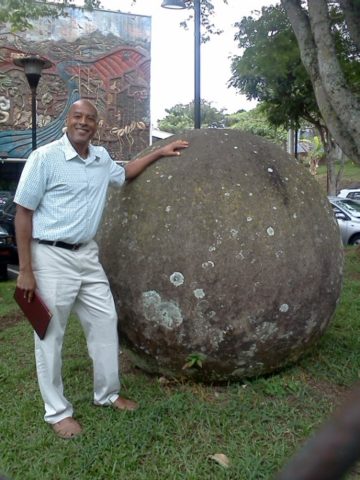
Any words of advice for young people interested in pursuing careers in space related fields?
NEVER GIVE UP!
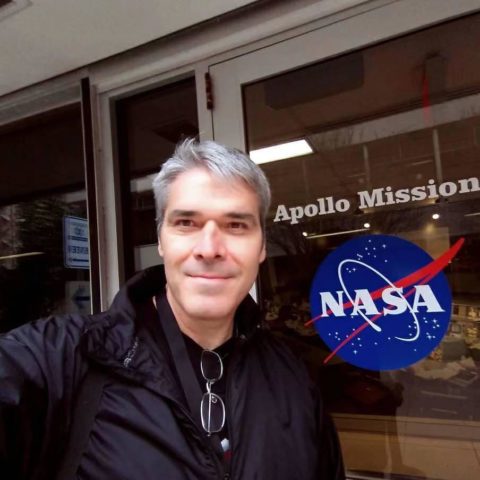
Bruce Callow is a Canadian teacher and co-author of the book To the Stars: Costa Rica in NASA. He does space education outreach work on behalf of NASA.
